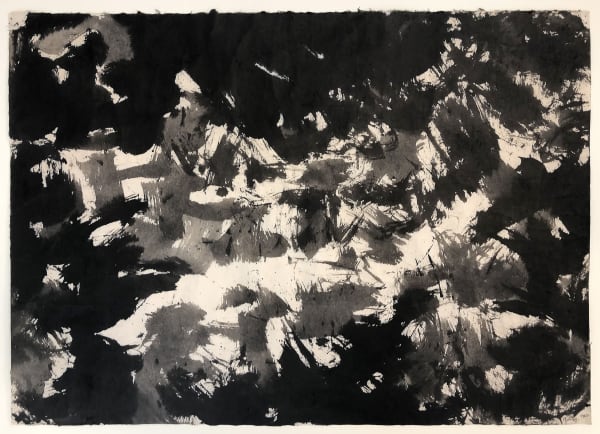Mark Tobey was a leading painter of the Northwest School, one of the four "Northwest Mystics" described in a 1953 Life magazine article that proclaimed the "Mystic Painters of the Pacific Northwest." Tobey became renowned for an energetic, Eastern influenced "white writing" style of abstraction painted originally to express the frenetic pulse of New York City, a style which influenced Jackson Pollock among others.
He was the first painter of the Northwest School to achieve international fame. Personally, he was an irritable, irascible man with many difficult relationships though also a few close friends. This biography of Mark Tobey is reprinted from Deloris Tarzan Ament's Iridescent Light: The Emergence of Northwest Art (Seattle: University of Washington Press, 2002).
Josef Albers, who headed the Art Department at Yale University, invited Tobey to spend three months at Yale in 1951, as guest critic for art graduate students. It marked Tobey as one of the most respected artists in America. His star was in the ascendant that year. His paintings were included in major exhibitions at MoMA and the Whitney Museum. The California Palace of the Legion of Honor, where Elizabeth Willis had become acting assistant director, mounted a Tobey retrospective exhibition. Seattle-based Orbit Films made the film Mark Tobey: Artist, using Tobey's own script and piano music he had composed, played by Berthe Poncy Jacobson. The director was Robert G. Gardener, later head of the Film Center at Harvard University.
Tobey was by then living with Pehr Hallsten (who was always referred to simply as Pehr), whom he said he had met in 1940 when he enrolled in a French course at the Ballard Y.M.C.A. Alternatively, their meeting has been reported as having occurred when Pehr, a one-time worker for the Seattle Parks Department, was picking up trash with a stick at a local park. Both encounters may be true. In any case, they soon were inseparable. "Many friends think it's a homosexual relationship but it's not. He came and I need someone helpless to take care of. That is what my nature requires," Tobey told Elizabeth Willis (Willis papers, 5-14).
Both Tobey's teachers and his students had a habit of becoming his close friends. Beginning in 1949, when the teenage Wesley Wehr became his tutor in music composition, Wehr was a frequent visitor to Tobey's studio.





